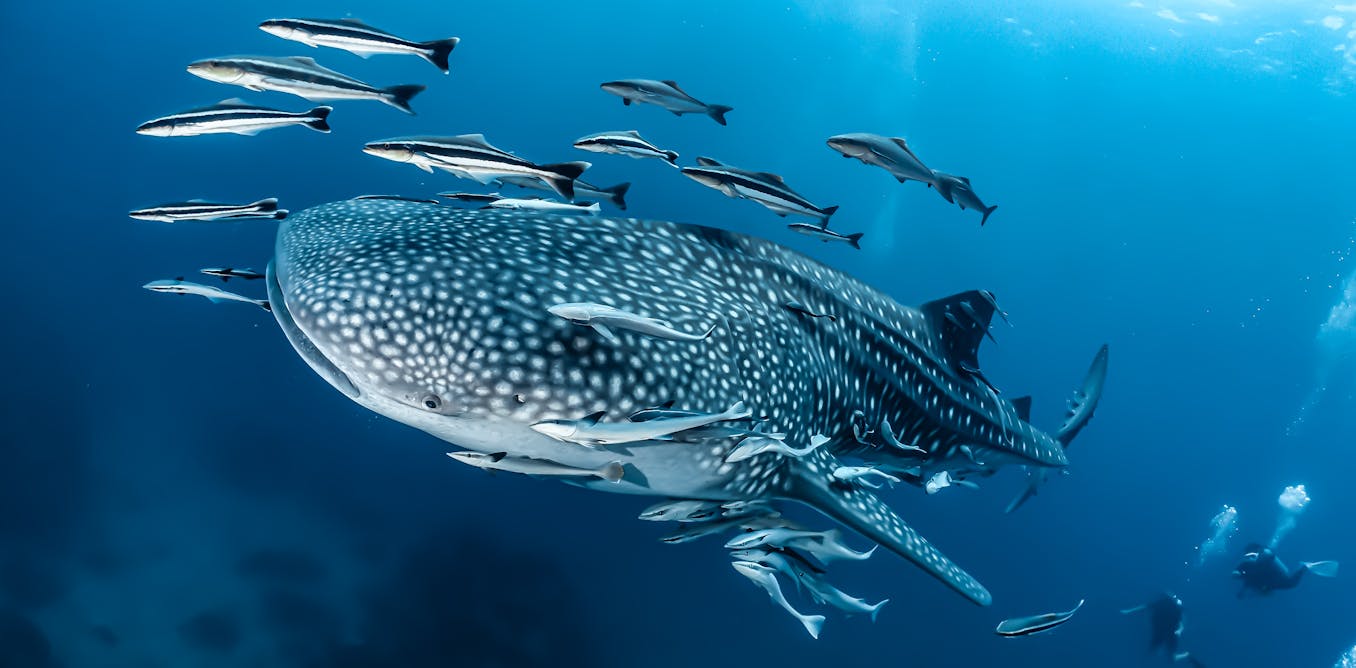UAF Researchers Uncover Ocean Megafauna Highways
The identified megafauna areas are exposed to human activities, and the study highlights the need for urgent action to protect these ocean giants, including the implementation of additional mitigation strategies to address the mounting threats from human activities and climate change.

Scientists have tracked the movements of 12,794 marine animals from 111 species over 30 years, revealing hidden "highways" and hotspots of megafauna activity around the globe, highlighting the need for urgent action to protect these ocean giants.
The data, which includes species such as whales, sharks, and turtles, shows that these animals tend to congregate in specific areas for feeding and breeding. However, only 8% of the global ocean is currently protected, and most of the identified megafauna areas are exposed to human activities such as fishing, pollution, and climate change. This exposure poses significant threats to the conservation of marine megafauna, including sharks, whales, turtles, and seals.
The study, part of the UN-endorsed MegaMove project, emphasizes the need for additional mitigation strategies beyond protected areas, including changing fishing gear, using different lights in nets, and traffic schemes for ships. Climate change compounds these challenges by warming waters and disrupting migration and breeding patterns, making it essential to address these issues to conserve marine megafauna.
The researchers argue that even if the 30% protection goal is met, it would still not be enough to conserve marine megafauna, and that adaptive management approaches and stronger mitigation strategies are critical for their conservation in a changing ocean. The study's findings suggest that protecting these areas is crucial for the conservation of marine megafauna, and that a more comprehensive approach is needed to address the impact of human activities on these species.